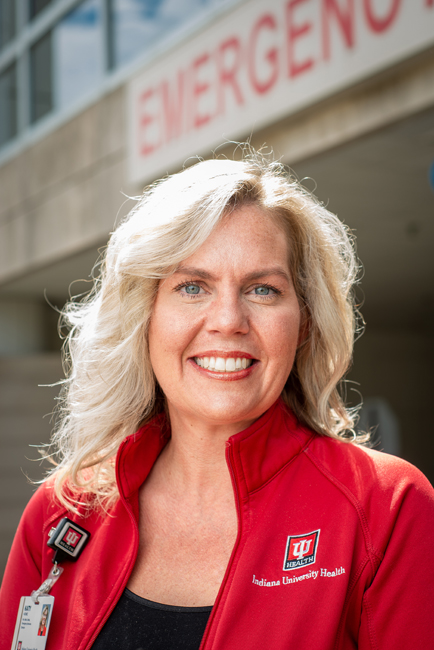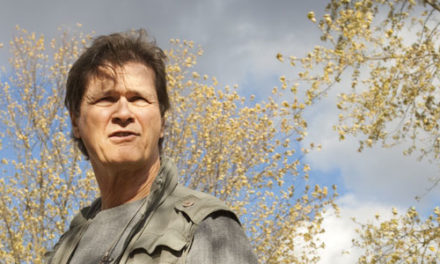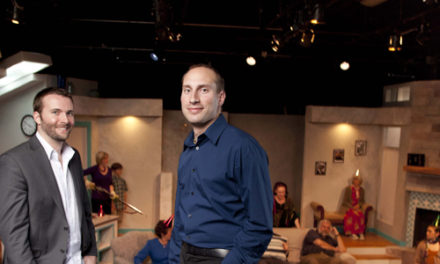
by SUSAN M. BRACKNEY
Katy Howe has gotten good at watching for storm clouds. She’s even better at finding their silver linings. Formerly with Indiana University Health Methodist Hospital’s emergency trauma center, Howe joined IU Health Bloomington Hospital as director of emergency services shortly before the onset of the COVID-19 pandemic. “It’s definitely been an adventure,” she laughs. “We can call it that.”
“Sometimes serendipity works in your favor,” admits Daniel Handel, vice president and chief medical officer for the IU Health South Central Region. “Having Katy join us … was a true blessing. She quickly set up a dedicated part of our emergency department for people suspected of having COVID.”
The registered nurse works with more than 120 direct-tier staff, as well as physicians and advance practice providers. To keep them safe, Howe established COVID-screening procedures, separate traffic patterns and negative-pressure rooms for COVID-19 patients, personal protective equipment (PPE) supply plans, surface sanitation protocols, and more.
Despite the need to work through new processes, the emergency department, naturally, remained open. “The metaphor is ‘building the plane while it’s in flight,’” Handel says. “We can’t land. We’ve got to keep going.”
Reliable information about the coronavirus was another moving target. “At first the CDC was recommending one thing,” Howe says. “Then they’d recommend another thing.”
Ties to other IU Health emergency departments and access to regional coronavirus research proved more valuable. “We were able to pivot on a day- to-day basis based on the knowledge we were receiving,” Howe notes.
One of their most unusual pivots? “We implemented ‘ambassadors’ who’d make rounds out in the parking lot, because family members would wait in their cars to hear word [about patients],” Howe says. “We were taking snacks and water to them and making sure that their needs were met. It’s just a totally different way we deliver care. … That kind of refilled my cup.”
Howe, a mother of four, was disconnected from most of her own family for two months during the coronavirus surge.
Because two of her three daughters and her parents are in the high-risk category, she decided they should quarantine apart from her. Meanwhile, she and her son— also in health care—stayed together. “They hunkered down in the ‘safe house,’” Howe explains of her parents and daughters. “My son and I were the ‘frontline/first responder house.’”
“It was a tough time,” she continues. “But I felt like I was keeping my kids safe and I was able to give the time needed to my team at the hospital and to our patients.”
She’s also had time to reflect. “During this quarantine, we kind of got back to the roots of life,” Howe says. “Not being so caught up with social media or shopping or running around, there was a certain level of peace. … People went out of their way to do things that were kind for others. If there’s something we can take away from COVID-19, it would be, ‘Don’t ever forget that. Work that into your daily life as we move forward. Be a kinder, better world for one another.’”















